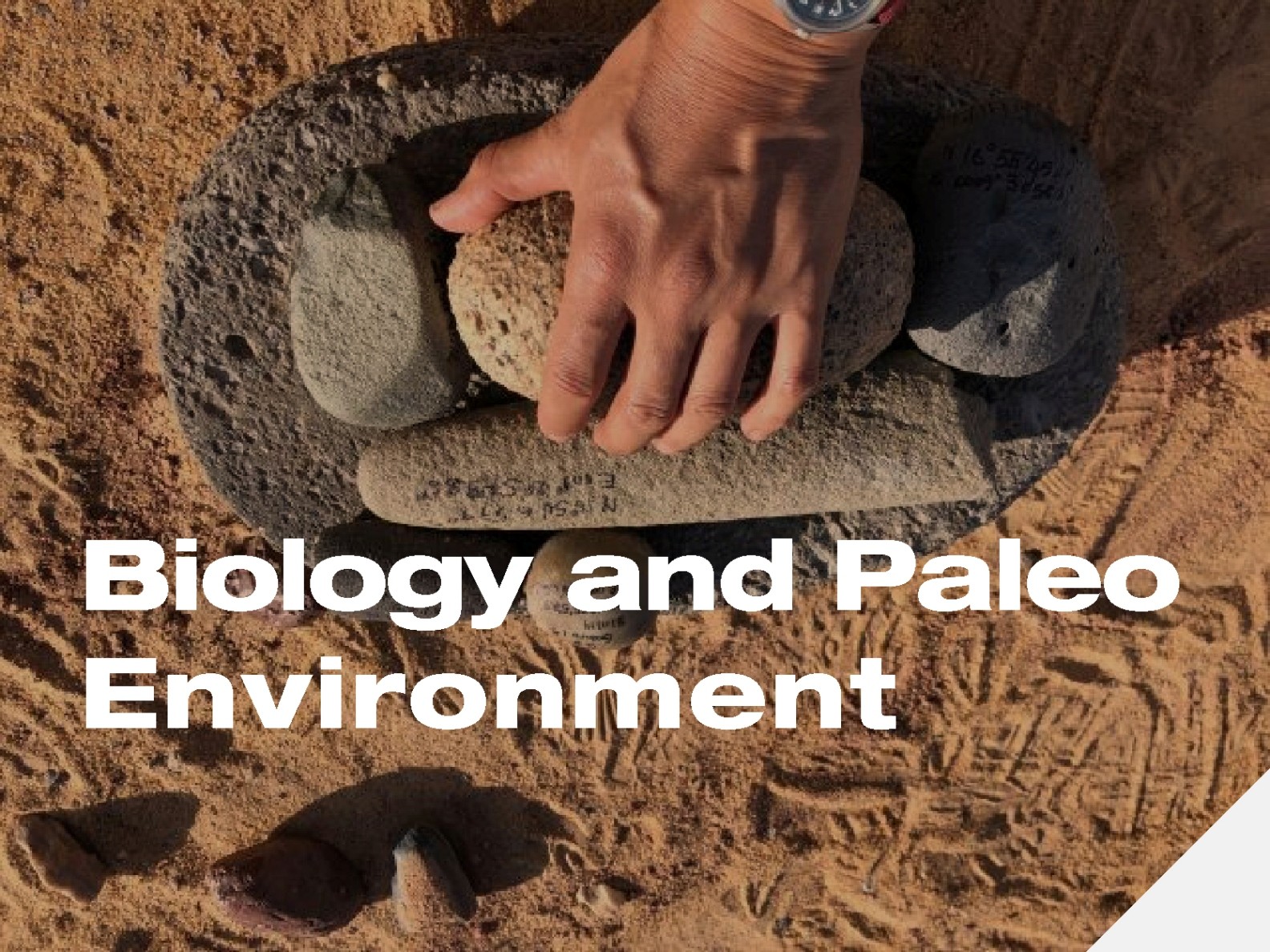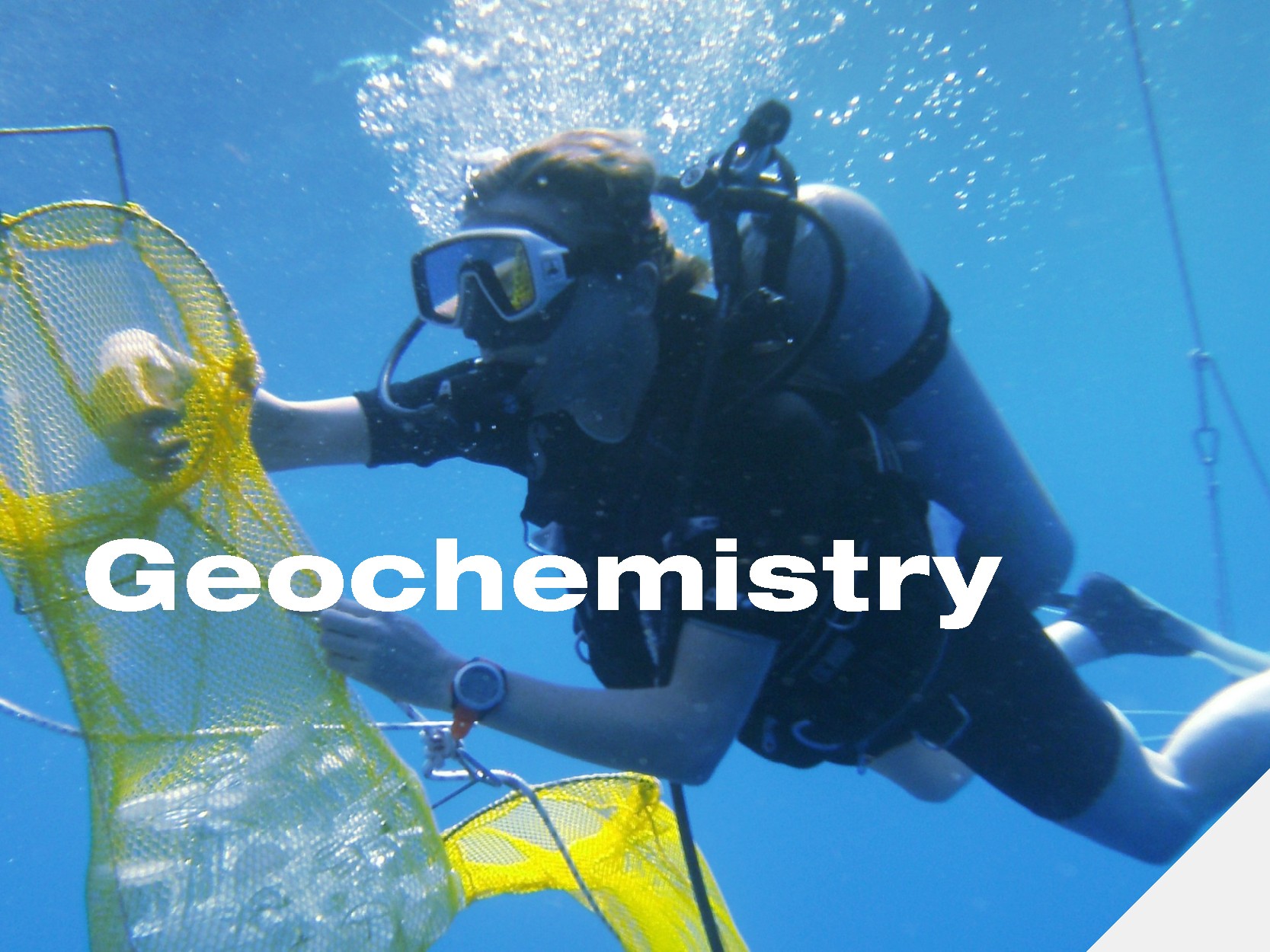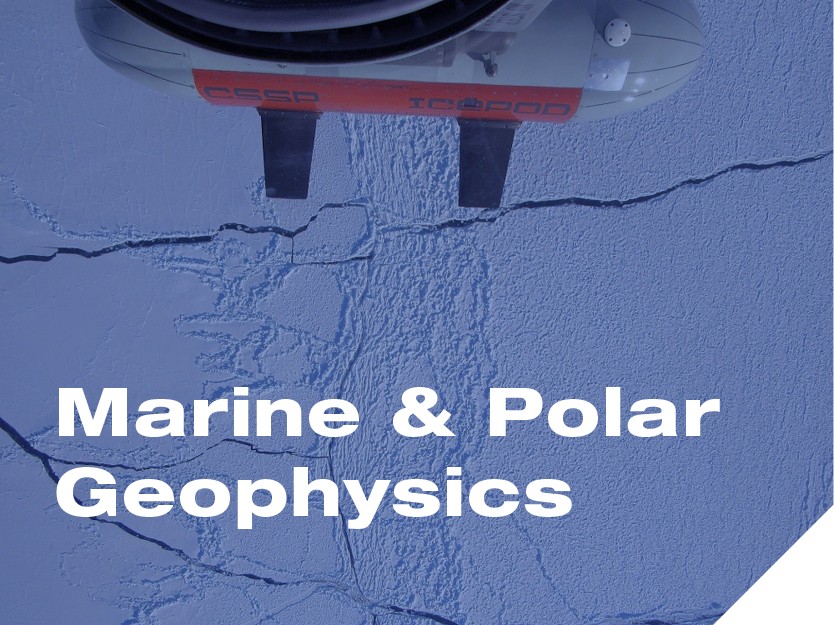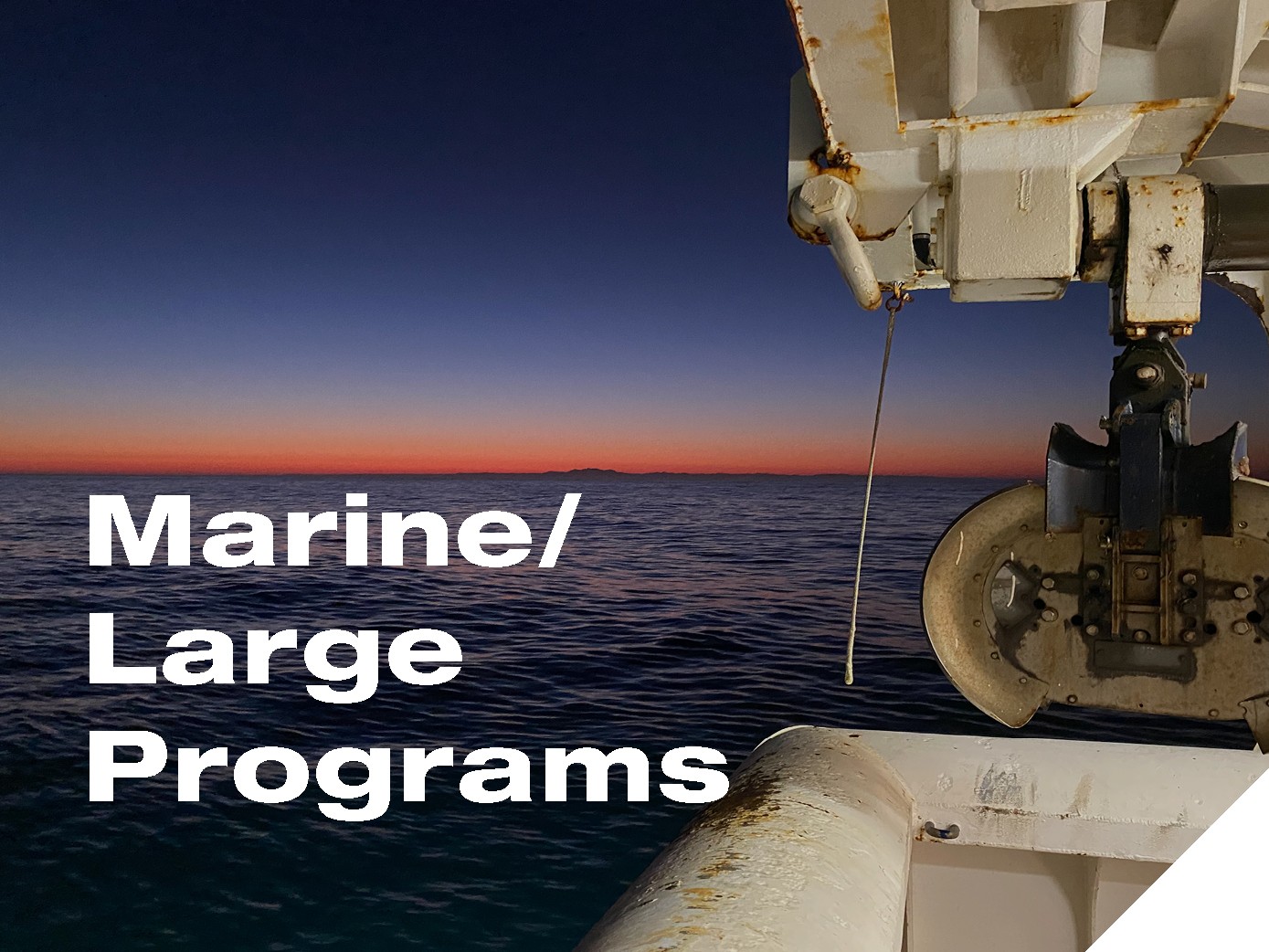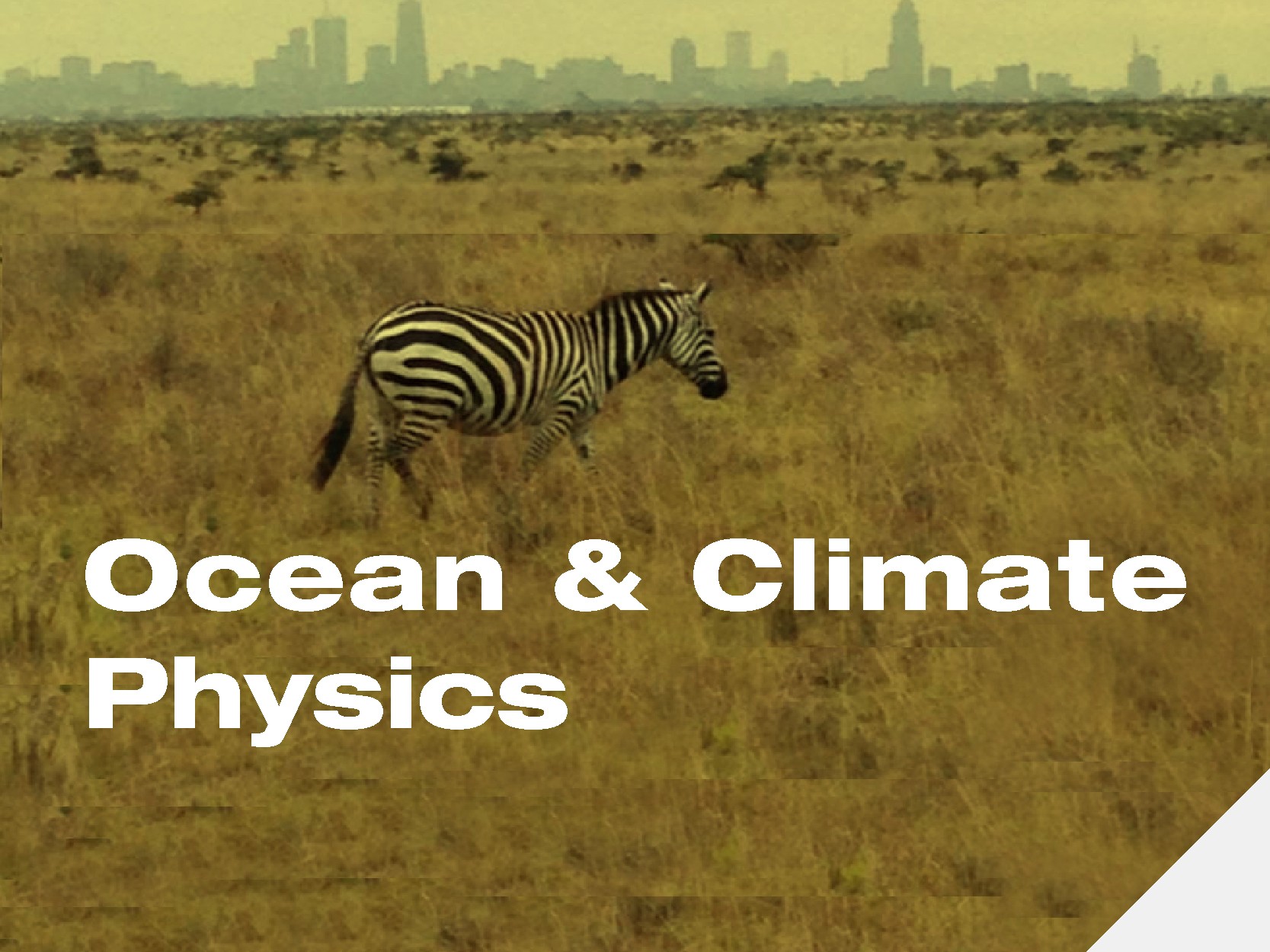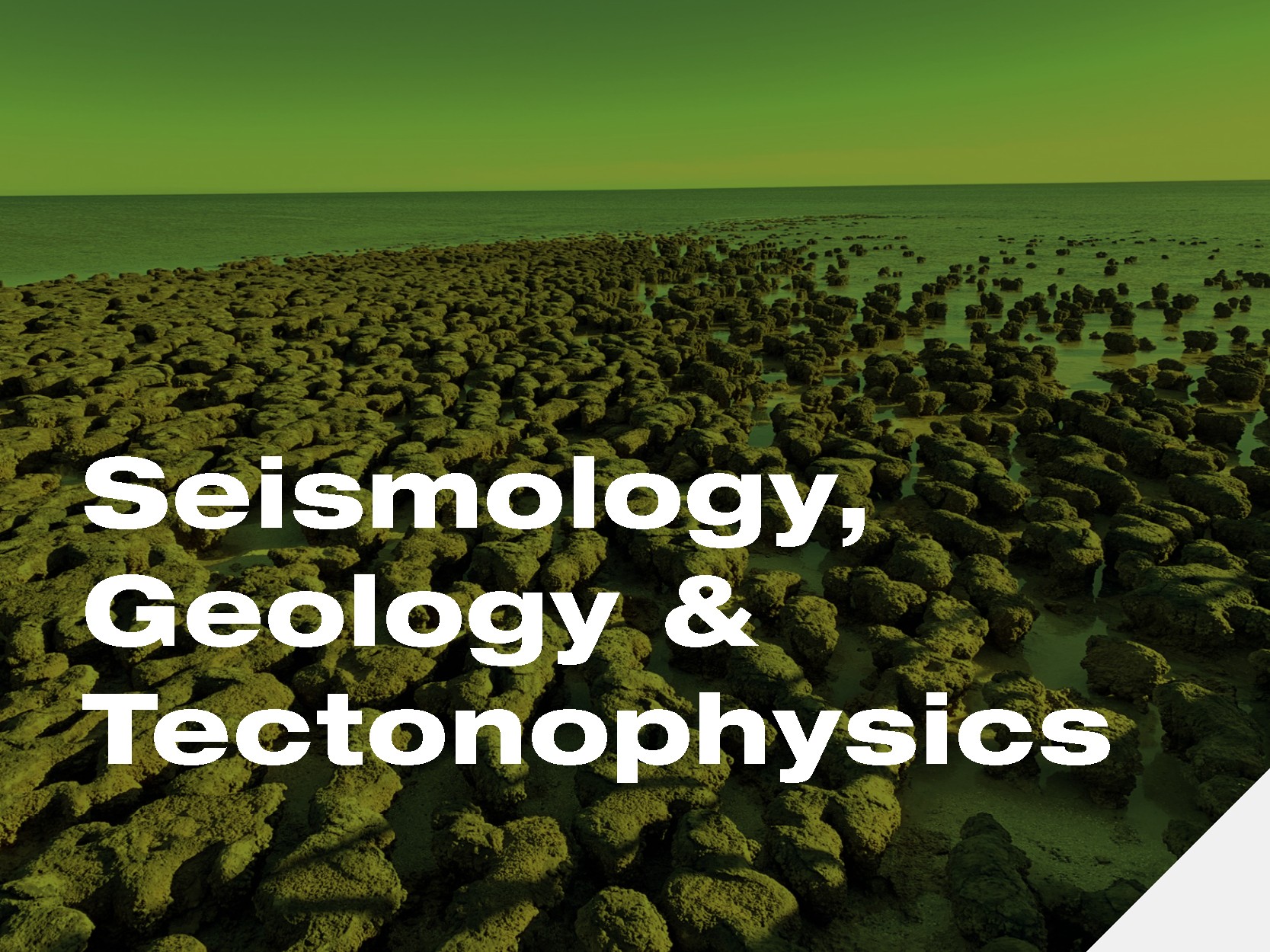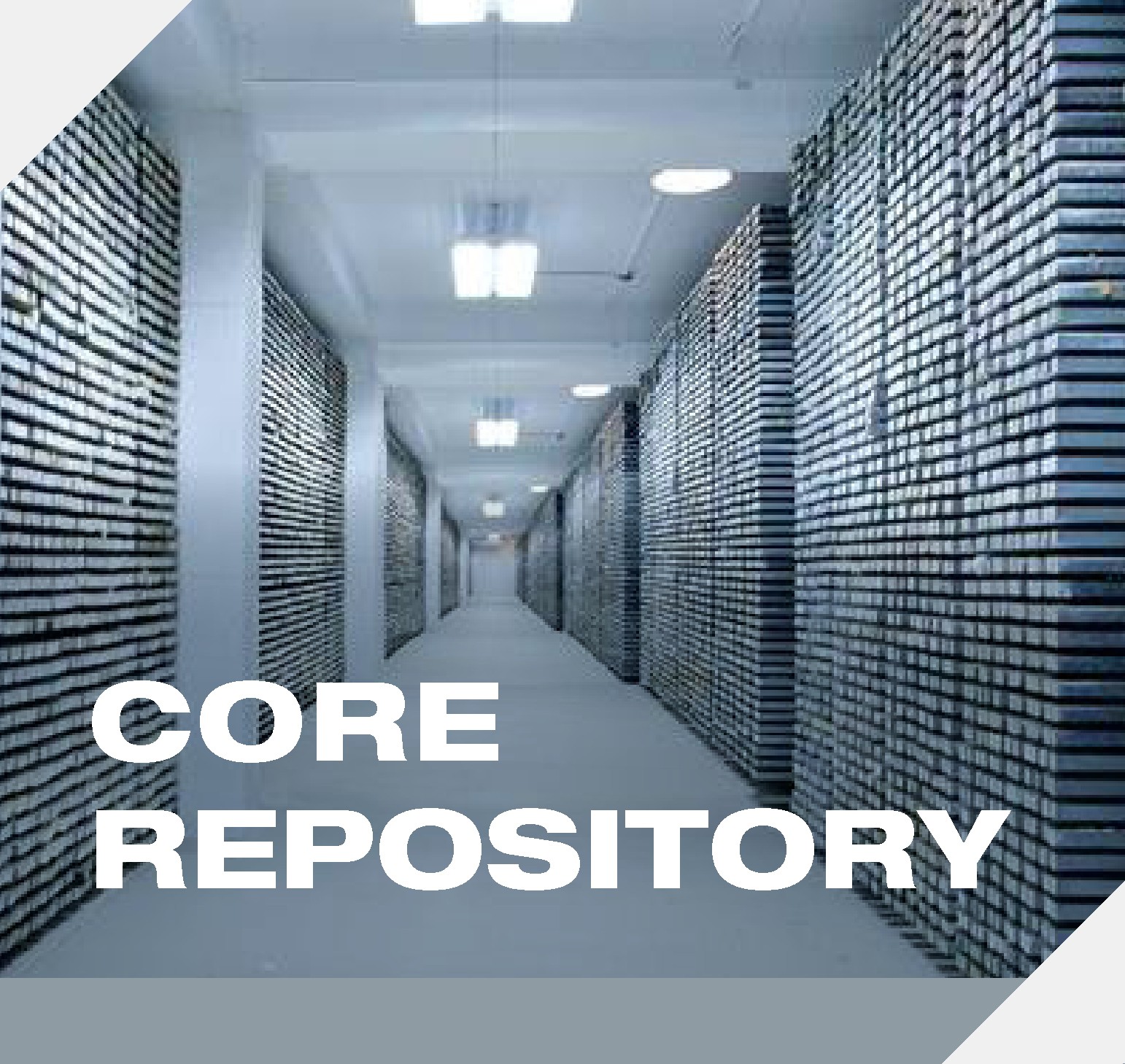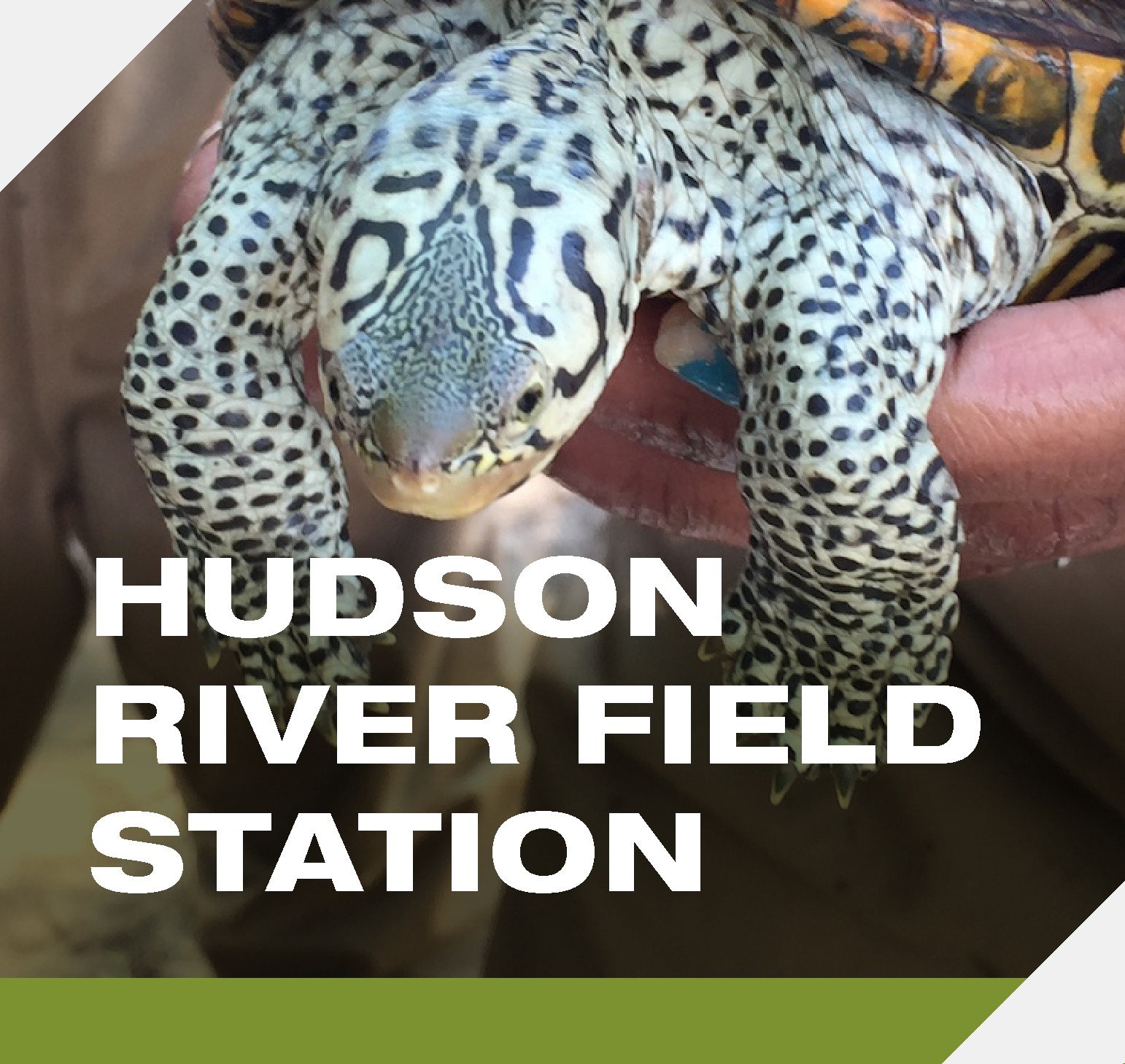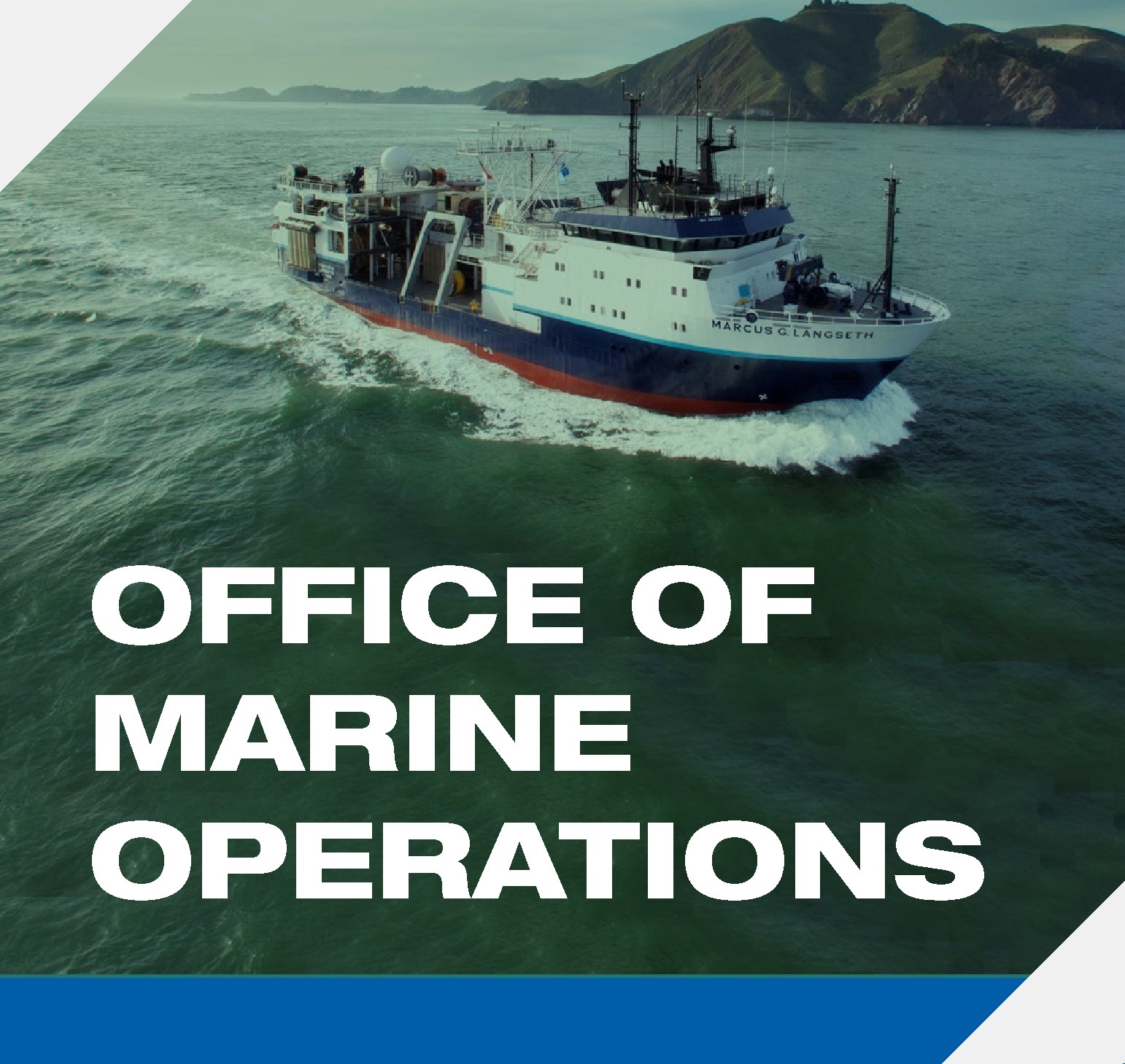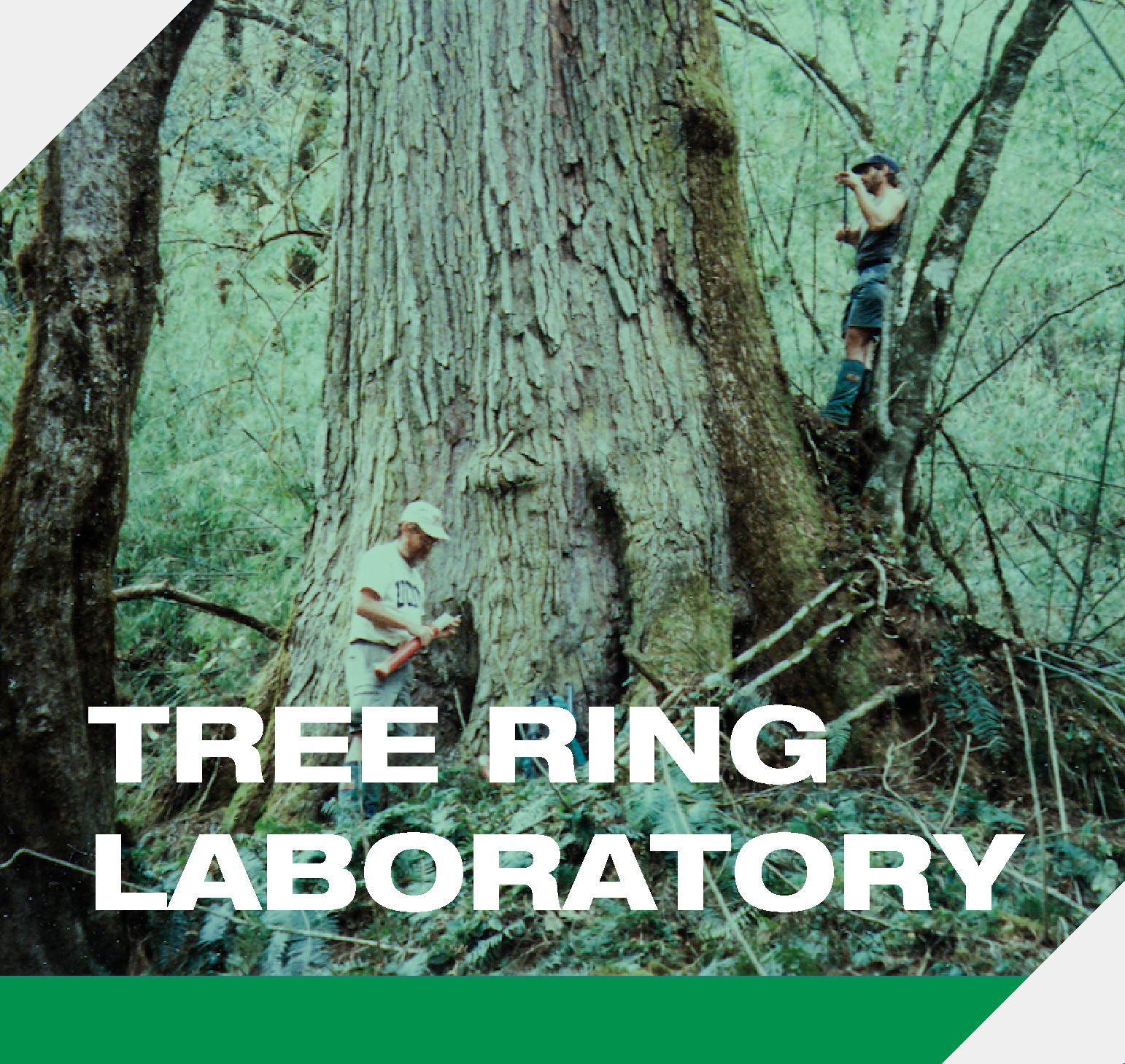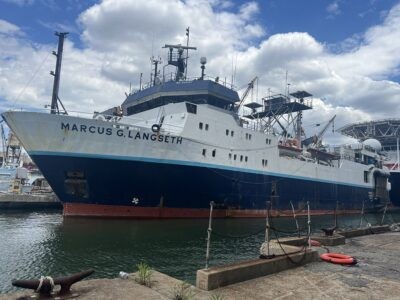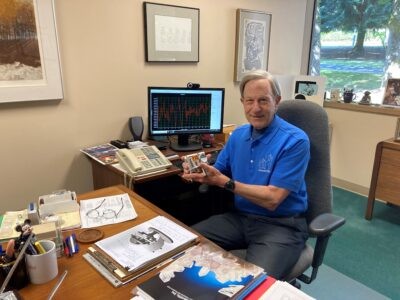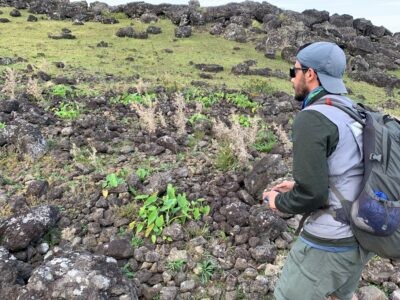Lamont-Doherty is a unique research enterprise, bringing together courageous, entrepreneurial thinkers dedicated to bold exploration and discoveries that illuminate our understanding of Earth’s processes and the myriad ways our planet is changing as our climate warms.
Since its founding in 1949, Lamont has been a leader in the Earth sciences, and is now the scientific research heart of the Columbia Climate School founded in 2020. We are a dynamic community of 500 scientists, students, and staff, with nearly 300 PhD-level researchers, and 80-90 graduate students involved in research.
Our scientists study the planet from its deepest interior to the outer reaches of its atmosphere, on every continent and in every ocean, providing a rational basis for the difficult choices facing humanity.
Research Themes
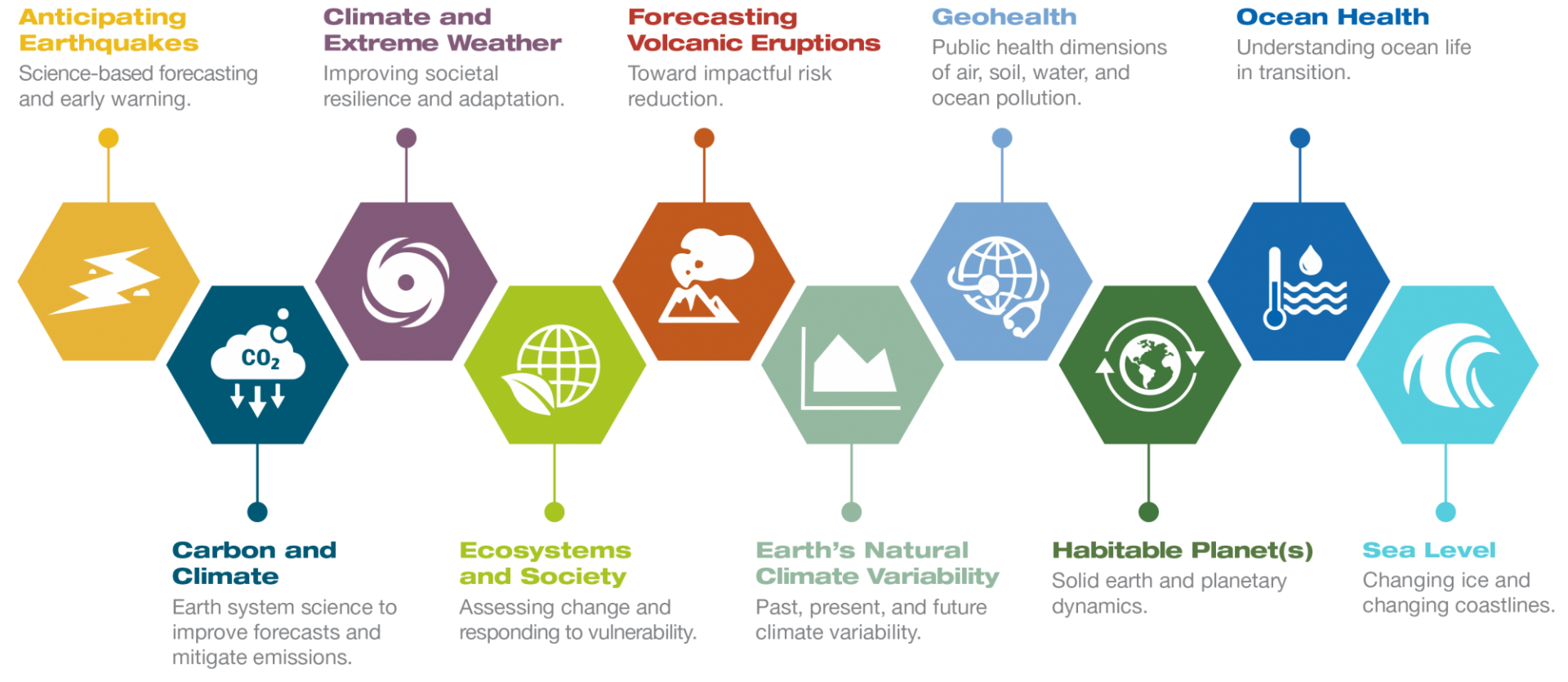
Research Divisions
Research News
For the first time in almost nine years, the R/V Marcus G. Langseth is back in New York City, stationed at the Brooklyn Navy Yard for some much-needed TLC. State of the Planet got a tour of this impressive seismic vessel, learning how it can help researchers forecast earthquakes and save lives in the process.
Jerry Paros' inventions have improved the measurements of geophysical phenomena such as tsunamis, and enhance our ability to understand the complex earth, air and ocean processes that produce climate change.
A popular trope says settlers overtaxed an isolated Pacific island, wrecked the environment and suffered a population collapse. A new study claims the opposite.
Lamont researchers are in the field studying the dynamics of the planet on every continent and every ocean. Journalists may join and cover expeditions when possible. Learn more about this essential fieldwork.


